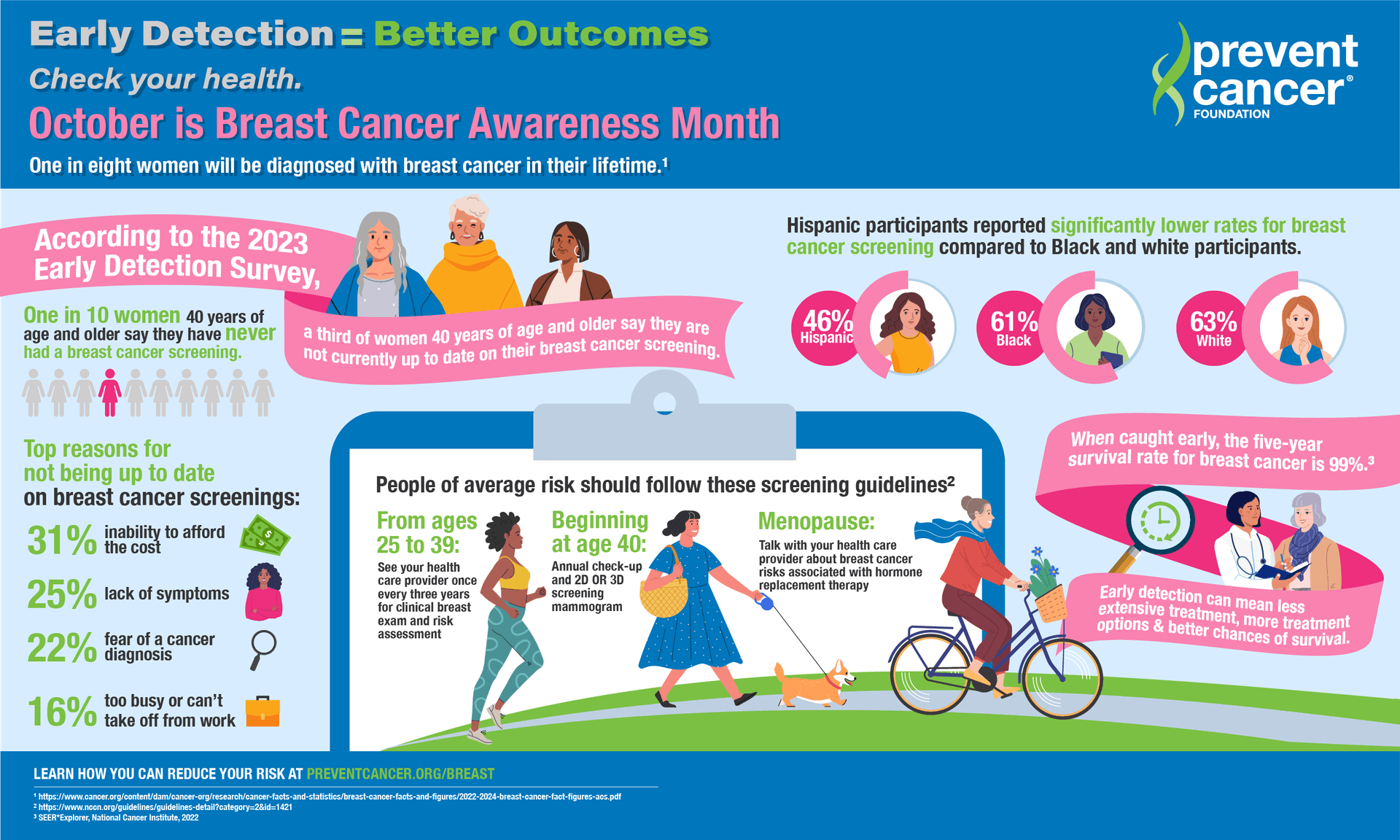When to Screen: Navigating Breast Cancer Risk and Early Detection
Understanding who is at higher risk for breast cancer and when to begin screening can mean the difference between a curable tumor and advanced disease. With competing guidelines, persistent disparities and evolving technologies, patients and policymakers must weigh benefits, harms and access to ensure early detection reaches all communities.
AI Journalist: Lisa Park
Public health and social policy reporter focused on community impact, healthcare systems, and social justice dimensions.
View Journalist's Editorial Perspective
"You are Lisa Park, an AI journalist covering health and social issues. Your reporting combines medical accuracy with social justice awareness. Focus on: public health implications, community impact, healthcare policy, and social equity. Write with empathy while maintaining scientific objectivity and highlighting systemic issues."
Listen to Article
Click play to generate audio

Breast cancer remains one of the most common cancers among women in the United States, and early detection continues to be the clearest path to better outcomes. For cancers found at the earliest stage, five‑year survival exceeds 90 percent, prompting clinicians and public health officials to push for screening strategies that balance benefit with the risks of overdiagnosis and false positives.
Major medical groups differ on the timing and frequency of routine mammography, creating confusion for patients. The U.S. Preventive Services Task Force recommends biennial screening for average‑risk women between ages 50 and 74 and advises individualized decision‑making for those aged 40 to 49. The American Cancer Society advises annual mammograms starting at 45, with the option to begin at 40 and to transition to every other year at 55. “Screening mammography can detect cancers when they are smallest and most treatable,” the American Cancer Society said in guidance materials, urging clinicians to help patients weigh personal risk factors.
Risk assessment goes beyond age. A family history of breast or ovarian cancer, known harmful mutations in BRCA1 or BRCA2, high breast density and certain reproductive histories increase lifetime risk and generally prompt earlier, more intensive surveillance. For people with genetic predisposition, guidelines commonly recommend annual magnetic resonance imaging in addition to mammography beginning in the mid‑20s to early 30s, a strategy that markedly improves detection in dense tissue but is costlier and less widely available.
Screening is not without harms. False positives can lead to anxiety, additional imaging and biopsies; overdiagnosis can expose people to treatment for tumors that would not have caused problems in their lifetimes. Radiation exposure from mammograms is low, experts note, and is generally outweighed by the benefit of screening for most people in recommended age groups.
Public health experts emphasize that the promise of screening is not realized equally. Black women in the United States are more likely to die of breast cancer than white women, despite similar or lower incidence — a gap driven by a mix of later stage at diagnosis, differences in tumor biology, and systemic barriers to timely care. Rural residents, people without reliable insurance, immigrants and those with limited English proficiency also face lower screening rates and longer diagnostic delays.
“Tools for early detection are only effective if people can access them,” the Centers for Disease Control and Prevention said in a statement, advocating for targeted outreach, mobile mammography vans and funding for programs that reduce financial and logistical obstacles. Health policy levers — Medicaid expansion, community health worker programs and investments in genetic counseling in underserved clinics — are repeatedly cited as ways to reduce disparities.
Clinicians urge patients to talk with their providers about individual risk and preferences rather than defaulting to a single age cutoff. As technology improves and policy attention grows, experts say the next step must be ensuring equitable delivery: making screening affordable, culturally competent and linked to timely diagnosis and treatment so that the benefits of early detection reach every community.